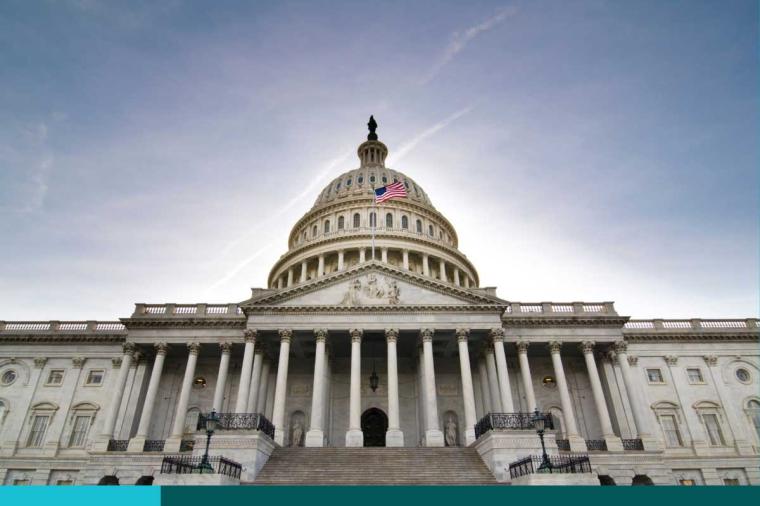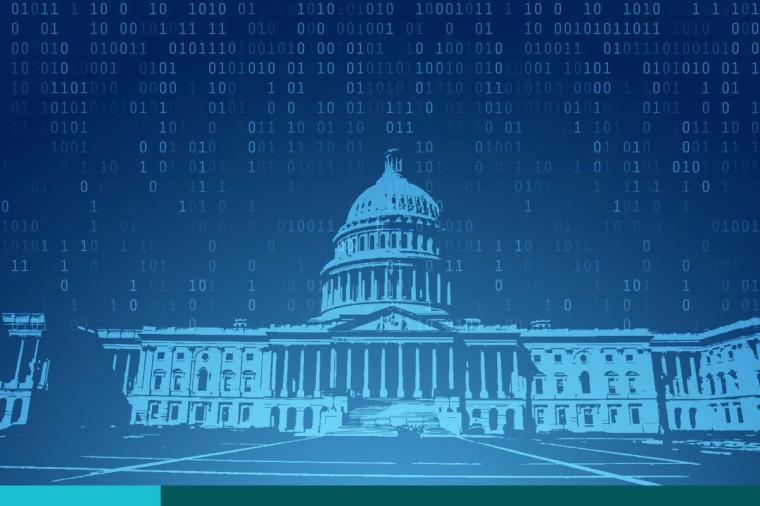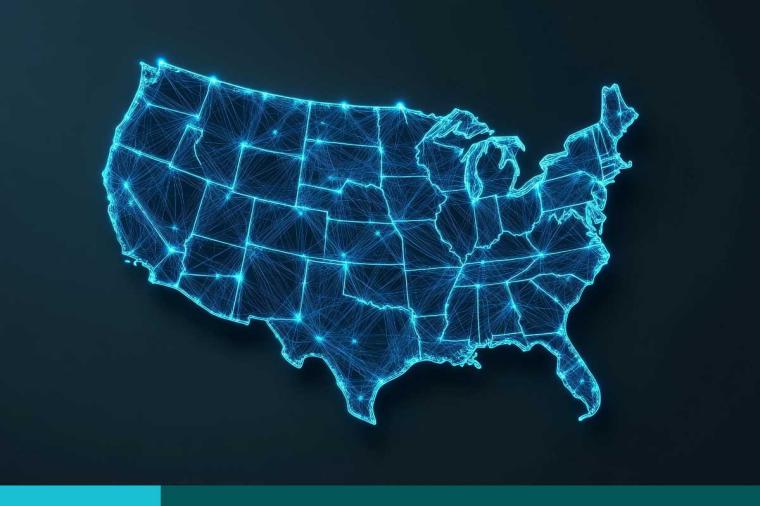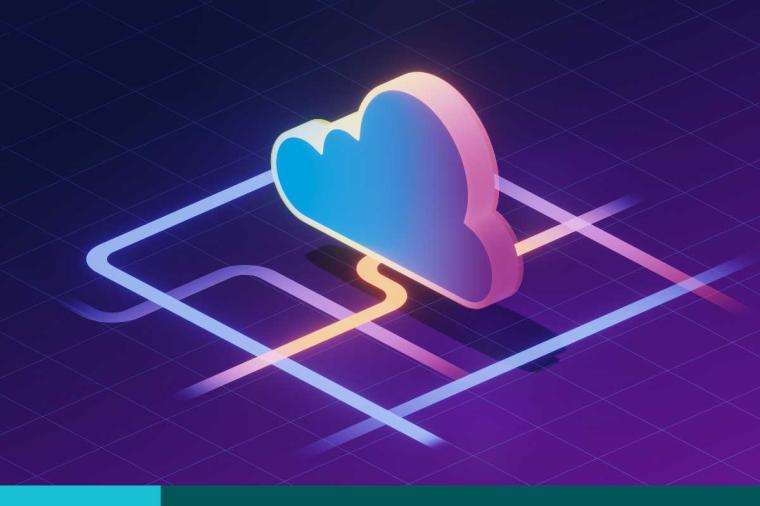The FY26 NDAA’s It Call-Outs

The National Defense Authorization Act (NDAA) is passed annually to define the Department of Defense’s priorities and guide how funds are allocated. While it doesn’t directly appropriate money, it shapes the direction of defense spending and sets the framework for future contracts. This makes it a key indicator of where IT investments and opportunities will emerge.
What’s happening with the NDAA this year?
Typically, the NDAA is passed in December every year. The House and Senate have each released their versions of the final bill in 2025 and remain in negotiations to pass the final 2026 version.
What changed?
For the 2026 proposed legislation, there are key IT differences in the DoD priorities compared to last year. The table below highlights these contrasts.
NDAA Provision | FY25 | FY26 |
Topline Authorization | ~$883.7 billion | Senate: ~$914 billion; House: ~$884 billion. |
Acquisition Reform | Incremental updates | Major reformpush: the Senateversion says it “repeals or amends more than 100 statutory provisions” to streamline acquisition |
IT priorities | Modernization focus: AI, quantum, cloud, cybersecurity, supply-chain protection | Expanded scope: There is an acceleration of AI, quantum, hypersonics, space, connectivity (5G/Edge computing) and domestic microelectronics and supply-chain resilience |
Key Takeaways
- The Senate is requesting a higher allocation than the House ($32 billion more than the House and $30 billion more than the appropriated FY25 NDAA budget).
- Acquisition reforms are happening as part of the Defense Acquisition System’s SPEED Act, aiming to cut procurement timelines from 800+ days to just 150.
- The DoD is aiming to have fewer acquisition regulations overall, for new and small businesses to be able to participate more effectively and efficiently in opportunities.
- Multiple redundant reviews and reporting mandates found in the FY25 NDAA are being removed, including one-third cost share for Other Transaction Authority (OTA) agreements.
When we look closely at overall IT themes, the FY26 NDAA is prioritizing accelerating artificial intelligence integration across defense operations through new governance frameworks, sandbox testing and model oversight. It is also seeking to strengthen cybersecurity and mission resilience by expanding deterrence strategy, workforce flexibility and real-time weapon-system monitoring. There is a continued push as well to modernize IT acquisition with permanent consumption-based service authorities and portfolio-based software management, along with advancing data standardization.
Emerging technologies such as biotechnology, quantum computing and domestic microelectronics receive focused investment to secure supply chains and maintain U.S. technological advantage as well. Finally, the NDAA also emphasizes electronic warfare and spectrum protection, expanded 5G and edge connectivity for distributed operations and digital industrial-base modernization to enhance resilience and agility across the defense enterprise.
What Does This Mean for IT Companies?
Proposed changes in the FY26 NDAA create significant opportunities for IT companies supporting the DoD. If your business is investing in AI, DaaS, data analytics, cybersecurity, cloud-native solutions, quantum, 5G connectivity, supply chain resilience, you’re in a great space to take advantage of these new opportunities. IT companies can expect:
- Faster Procurement. The Speed Act and other reforms mean less red tape and quicker time-to-market for software and digital solutions.
- Lower Barriers for Small and Non-Traditional Businesses. Reduced cost-sharing and fewer reporting requirements make it easier for smaller or non-traditional companies to participate in DoD contracts.
- Higher Standards for Cybersecurity. The DoD’s focus on advanced weapon system cybersecurity means greater demand for advanced AI, smart sensors and automation. IT companies that can provide these cybersecurity solutions will be at a highly competitive edge.
- Industry Networking. Get involved with coalitions and industry groups. These are great venues to share your thoughts, showcase your company’s strengths and champion your company’s interests. It’s also an effective way to collaborate on projects and let others know you’re eager to explore new opportunities together.
To get more TD SYNNEX Public Sector Market Insight content, please visit our Market Intelligence microsite.
About the Author:
Toan Le is a Senior Market Insights Analyst on the DLT Market Insights team covering DOD and IC domain-centric trends across the Public Sector.























